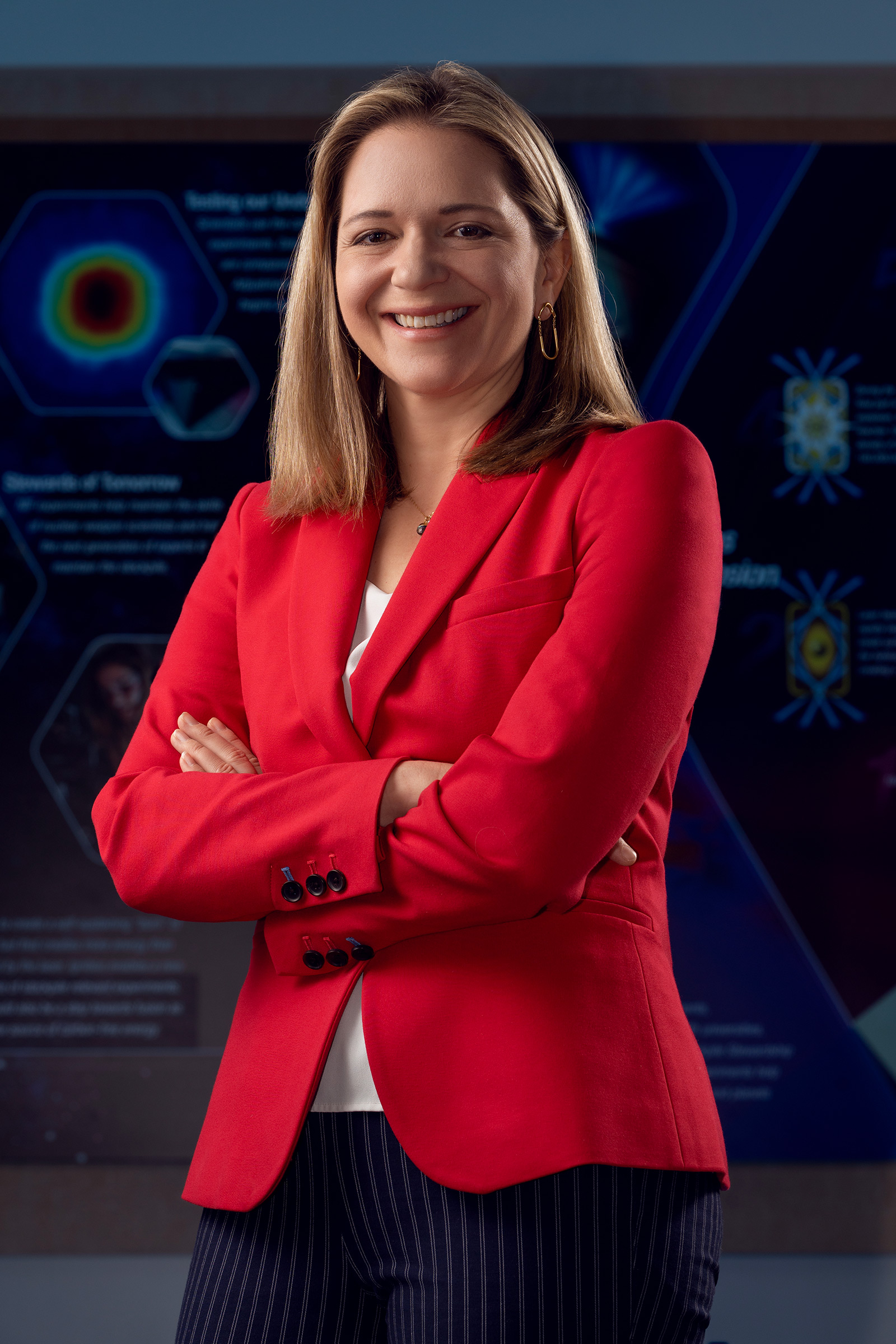Nuclear fusion could provide limitless clean energy—if scientists can master the tricky physics of smashing hydrogen atoms together. After an August 2021 experiment at the National Ignition Facility in Livermore, Calif., just barely failed to generate more energy than was put into it, the facility’s lead laser engineer approached Andrea Kritcher, the principal experimental designer. The engineers had managed to squeeze a bit more energy out of the gigantic lasers that the facility uses to spark the reaction, and it was up to Kritcher to figure out how to use those improvements in service of a dream of generating unlimited, emission-free power. After more work, Kritcher’s insights helped bring about the first-ever controlled fusion ignition in December 2022, a holy grail in physics research that had eluded scientists for decades, and another step on the road to fusion power. Her work is one more example in decades of passionate research from hundreds of scientists, engineers, and technicians that made the fusion breakthrough possible.
de la Garza is a TIME staff writer
- The 100 Most Influential People of 2024
- Coco Gauff Is Playing for Herself Now
- Scenes From Pro-Palestinian Encampments Across U.S. Universities
- 6 Compliments That Land Every Time
- If You're Dating Right Now, You're Brave: Column
- The AI That Could Heal a Divided Internet
- Fallout Is a Brilliant Model for the Future of Video Game Adaptations
- Want Weekly Recs on What to Watch, Read, and More? Sign Up for Worth Your Time
